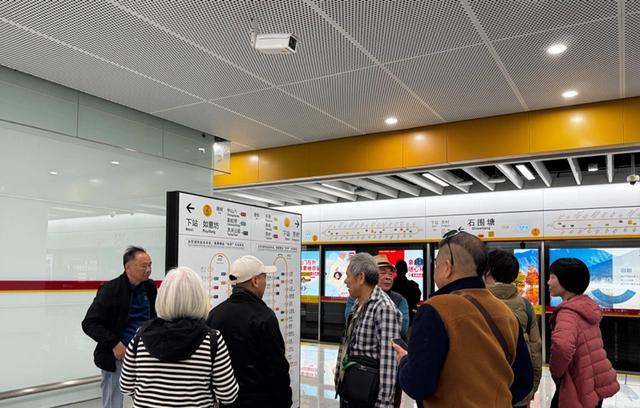Guangzhou Metro Line 11's Impact on 'Death Line 3'
The newly opened Guangzhou Metro Line 11 covers 44.2km with 31 stations across five central districts. While Line 3 faces severe congestion issues, Line 11’s circular route and different coverage pattern suggest it won’t replace Line 3’s heavy commuter traffic.

The December 28, 2024 opening of Guangzhou Metro Line 11, China’s newest circular metro line, has sparked discussions about its potential impact on the notoriously overcrowded Line 3, known as the “Death Line” due to its extreme congestion.
Line 11’s distinct characteristics make it unlikely to significantly alleviate Line 3’s congestion:
Geographic Coverage and Function Line 11’s circular route primarily serves the outer edges of central districts, including Tianhe, Baiyun, Yuexiu, Haizhu and Liwan. In contrast, Line 3 provides critical north-south connectivity through major business districts and residential areas. This fundamental difference in routing means they serve different transportation needs.
The Zhujiang New Town Factor Line 3’s severe congestion stems largely from commuter traffic to Zhujiang New Town, Guangzhou’s central business district. Line 11 bypasses this area rather than providing direct access, meaning it cannot effectively divert the core commuter flows that cause Line 3’s overcrowding.
Infrastructure and Connectivity With 31 stations including 26 transfer stations, Line 11 creates new connectivity options across Guangzhou’s metro network. However, key transfer stations connecting to Line 3 are not optimally positioned to reduce its passenger load. The transfer point at Datang station may actually funnel additional passengers onto Line 3.
Future Development Impact The eventual opening of other planned lines, particularly Lines 10 and 18, may help distribute passenger flows more effectively than Line 11. Line 10’s route through key business districts and Line 18’s alternative north-south corridor could provide more meaningful congestion relief for Line 3.
Urban Planning Implications Line 11’s circular design reflects Guangzhou’s urban development strategy, connecting emerging commercial and residential areas around the city center. While this supports long-term growth, it serves a different purpose than Line 3’s role as a primary commuter artery.
The complex interactions between Guangzhou’s metro lines highlight how new infrastructure must be carefully planned to address specific transportation challenges. While Line 11 enhances overall network connectivity, its design and routing mean it will complement rather than replace the essential but overburdened Line 3.